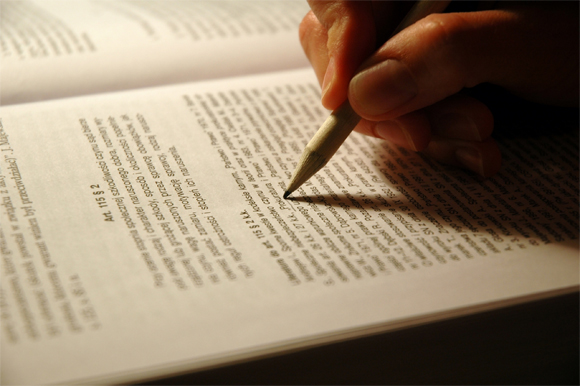Follow these IELTS reading tips before and during the exam. It is all the advice you need to improve your reading band score.

Before the exam
- You will have to practice your skim reading every day. Use only texts from IELTS preparation books or samples given by your teacher at your English language school. As it is a very specific task, you will have to train on the different types of questions you will encounter (‘yes’, ‘no’, ‘not given’; sub-headings of paragraphs, etc.)
- Practice the strategies your teacher has taught you every time you do a practice exam. Eventually, they will become 2nd nature to you and you will (hopefully) use them in the real exam unconsciously.
- Monitor yourself and do not cheat by looking at the answers, because you only cheat yourself and that will not help you during the exam.
- Always make sure you have enough time to do the FULL Exam (1 hour). Time yourself strictly.
- Remember that in the real test, you MUST transfer your answers to the answer sheet within the 1 hour time limit. So make sure transferring accurately is part of your IELTS Exam practice routine.
During the exam
- Practice the skim reading as taught by your teacher and underline key words.
- Work out the main point(s) of each paragraph and the purpose of the article as a whole.
- Does the article represent different (possibly conflicting) opinions/views, or is it factual?
- Are there any transitional paragraphs, statements or linking words (eg however….) that show a shift from one view to another?
- Keep in mind that most of the questions follow the chronological order of your reading.
- The articles use more complex language and the questions get progressively harder as you go through the exam (i.e. the 2nd article is more difficult than the 1st and the 3rd article is the hardest). Therefore, you will probably need more time to read the 2nd and 3rd articles than you will to read the 1st one.
- Be really careful with questions ‘true’, ‘false’ and ‘not given’ or ‘yes’, ‘ no’ and ‘not given’. Base your answer only on the factual language written in the article, not on your opinion or interpretation of what is written.
- Read the instructions carefully. If your section refers to ‘true’, ‘false’ and ‘not given’, do not mix them with ‘yes’, ‘no’ and ‘not given’. By that, I mean do not write ‘yes’ when you should write ‘true’.
- Do not write abbreviations on your answer sheet – use full words.
- Leave plenty of time at the end of the exam to transfer the answers accurately on to the answer sheet. Remember that this sheet is the only thing that the examiners look at when they mark your answers and determine your score. Anything you wrote on the question paper will not be taken into account.